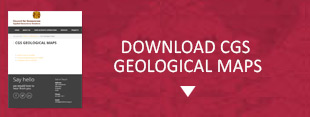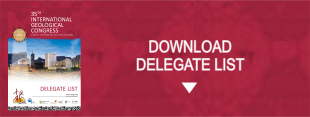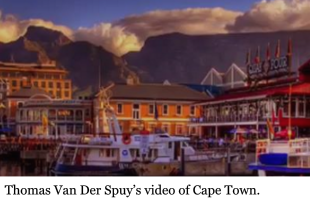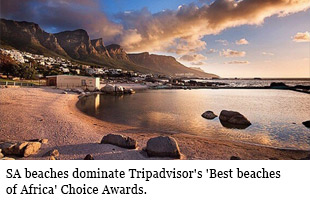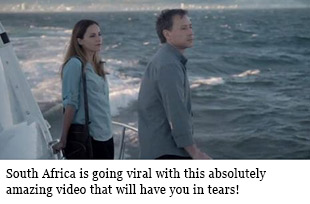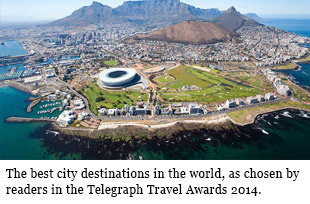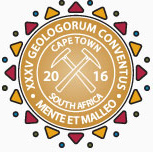
35TH INTERNATIONAL GEOLOGICAL CONGRESS
27 AUGUST - 4 SEPTEMBER 2016 | CAPE TOWN, SOUTH AFRICA
Sponsors
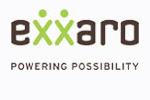


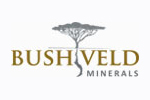


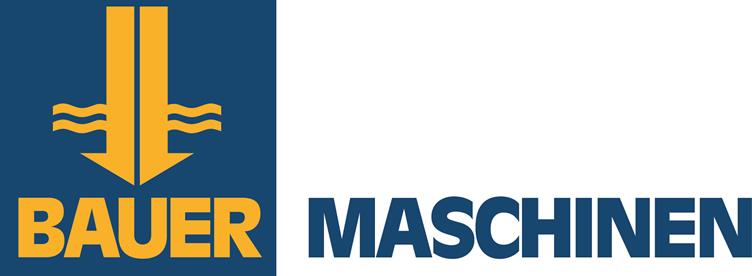








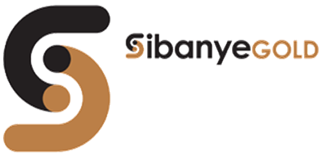
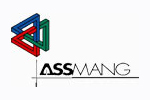
35 IGC SAGPGF





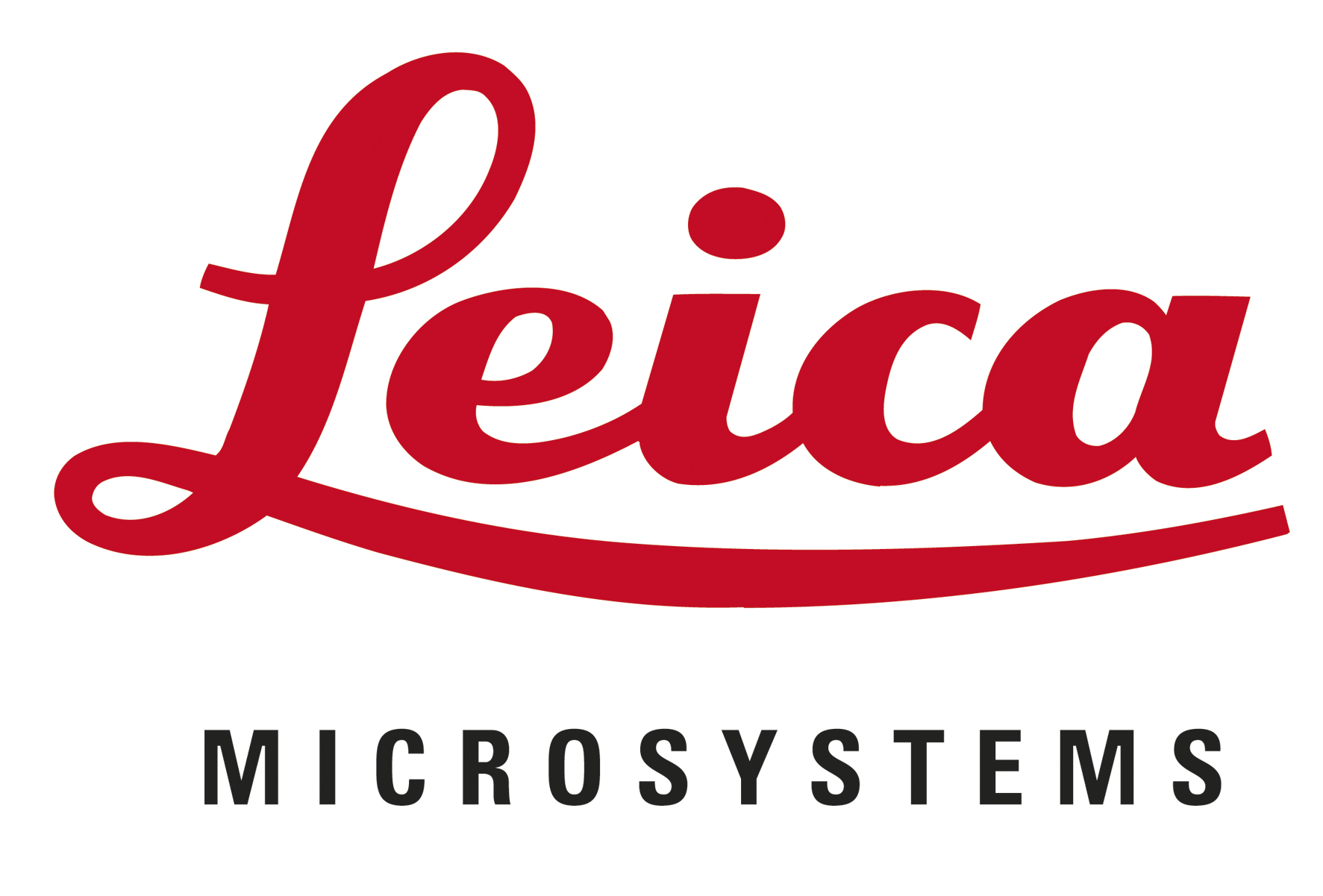
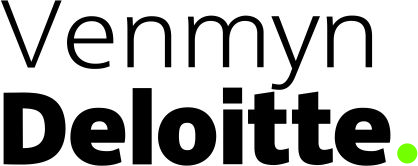
35TH INTERNATIONAL GEOLOGICAL CONGRESS
27 AUGUST - 4 SEPTEMBER 2016 | CAPE TOWN, SOUTH AFRICA
My IGC
ODPre1 Cape West Coast: Langebaan and Fossil Park
Field Trip ODPre1 took place on the 27th of August and focused on the geology and palaeontology of the Cape West Coast. The field trip was led by Hayley Cawthra (Council for Geoscience) and Pippa Haarhoff (West Coast Fossil Park) and was attended by fifteen participants from Australia, China, Japan, India, Italy, Korea, New Zealand, South Africa, Russia andthe UK.
This day trip integrated geology and palaeontology and included a total of six stops. The first stop was the fishing town of Yzerfontein, where diorites crop out adjacent to a small port and are mantled by a Last Interglacial aeolianite, capping calcrete, and a Middle Stone Age archaeological site (which is now covered). This shell midden is ~60 ka in age and is a good example of the richness of the Cape archaeological record. We travelled up the West Coast along its sweeping coastal plain to the West Coast National Park, where the Langebaan Lagoon is located surrounded by pristine Fynbos vegetation and Namaqualand daisies which were in full bloom. Here, Stop 2 was the site of the ‘Langebaan Footprints’, which are the oldest known Homo sapiens footprints on Earth. These footprints are preserved in aeolianite, which was deposited along with palaeo-beach calcarenites during the higher-than-present Last Interglacial period. Repeated sea-level fluctuations and a significant supply of sediment were responsible for deposition and preservation of the dune ridge separating the lagoon from the Atlantic Ocean. Stop 3 examined the younger Holocene sediments on the margin of the lagoon from the Geelbek area, which has been investigated as an archive for sediments documenting Holocene sea-level change. Stop 4, the panoramic Seeberg Lookout, allowed an opportunity to examine the Cape Granite, and provided an unobscured vantage point to see the lagoon and its surrounding stratigraphy from above. The final stop was at the Langebaanweg fossil site, in the West Coast Fossil Park. This palaeontological site is internationally renowned for its prolific, diverse and exceptionally well preserved Mio-Pliocene vertebrate faunas. The ‘dig site’ in an old phosphate quarry reveals partially excavated bones of an extinct Mio-Pliocene fauna, including numerous remains of an extinct sivathere or short necked giraffid. The giant bear Agriotherium africanum was the first ursid found in Sub-Saharan Africa. The partially-exposed Sandveld Group stratigraphy at the site also reflects the glacio-eustatic sea level history of the Early Pliocene.The last stop of the day was at Blouberg Beach, where Malmesbury Group rocks (shales and andesitic tuffs) are well preserved, and this is the closest position on land to look across Table Bay and onto Robben Island.
Many thanks to all involved!
 Field trips
Field trips  Sponsorship & expo
Sponsorship & expo  Registration
Registration Tours
Tours  Promotion
Promotion 

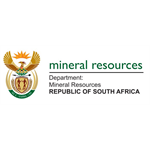












 Conference Programme
Conference Programme  Field trips
Field trips  Sponsorship & expo
Sponsorship & expo  Volunteer
Volunteer  GeoHost
GeoHost  Registration
Registration Tours
Tours  Promotion
Promotion  Publications
Publications


